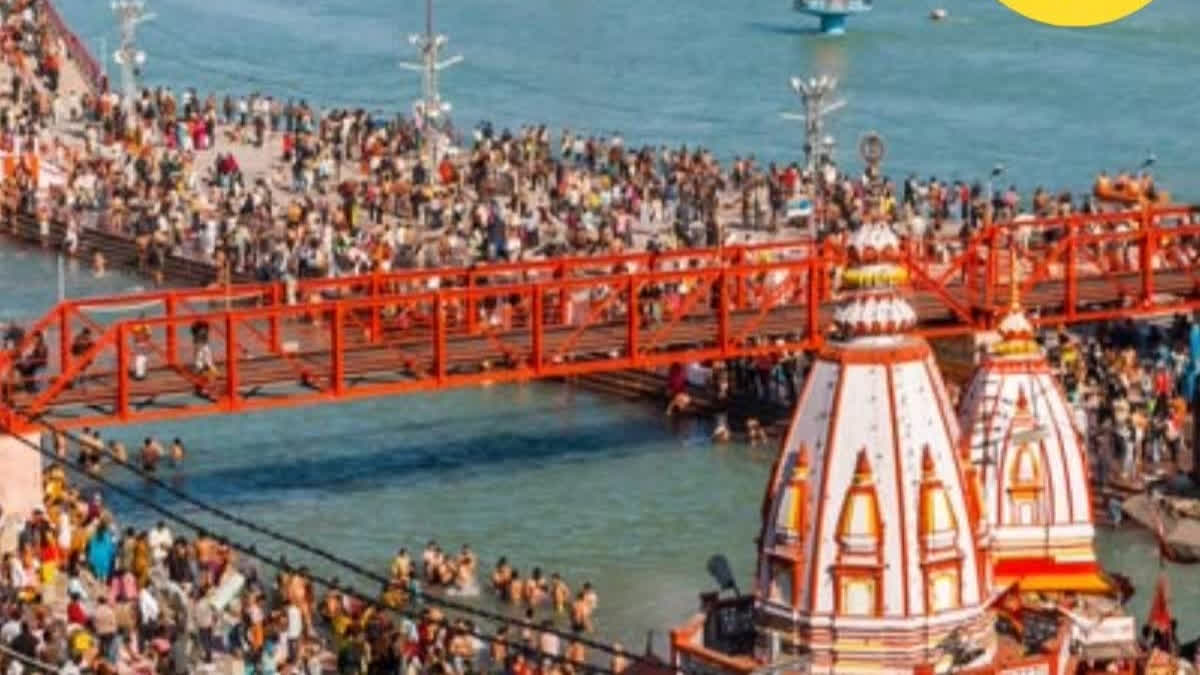Prayagraj: With the Maha Kumbh Mela on January 13, 2025, drawing closer, the Department of Telecommunications (DoT) is ramping up efforts to ensure uninterrupted communication services during the world’s largest religious gathering. Telecom service providers are enhancing infrastructure across Prayagraj and the Mela area to accommodate the influx of millions of pilgrims expected to attend the event.
Infrastructure Expansion in Prayagraj
In Prayagraj city, 126 kilometres of optical fibre cables have been laid to strengthen the telecom backbone. To boost connectivity, 328 new telecom towers have been installed, along with 575 new Base Transceiver Stations (BTS) deployed across all mobile technologies. Additionally, 1,462 existing BTS units have been upgraded to support the increased demand for network coverage during the Mela.
The upgrades aim to address the surge in mobile usage expected from both domestic and international visitors. However, ensuring seamless coverage in such a densely populated area during the event remains a significant challenge.
Mela Area Focused Preparations
The Mela area, which will host millions of devotees, has received special attention. Around 192 kilometres of optical fibre cable has been installed to ensure high-speed and reliable connectivity. To address network congestion in high-density zones, 78 transportable towers (Cells on Wheels) and 150 outdoor small-cell solutions are being deployed.
Additionally, 352 new BTS units are being installed, while 50 existing BTS units are undergoing upgrades. These enhancements are intended to provide consistent connectivity for voice, data and emergency communication services.
Telecom Optimisations Across Public Spaces
Public spaces, including transport hubs such as railway stations, bus stands and airports, are also seeing upgrades. The highways and parking areas leading into Prayagraj are being optimized to prevent communication blackouts. The Green Corridor, a major route for traffic management, has been prioritized for seamless connectivity.
Despite these efforts, questions remain about whether the planned infrastructure can handle the expected surge, especially during peak periods of the event.
Citizen-Centric Initiatives and Emergency Preparedness
To address public safety concerns, 53 telecom help desks are being set up across the Mela area. These desks will handle issues such as fraud reporting and mobile theft. Additionally, electromagnetic radiation testing is being conducted to ensure that towers operate within permissible safety limits.
Emergency preparedness is another focus area, with a Cell Broadcast Alert facility and a Common Alerting Protocol (CAP) platform being introduced for real-time alerts on disasters or emergencies. Three disaster management centres have also been established in the Mela area, jointly operated by major telecom providers, including Airtel, BSNL, Jio and Vi.
These centres are designed to facilitate communication during crises, although the true test of their effectiveness will come during the Mela.
Challenges and Opportunities
The Maha Kumbh Mela, held every 12 years, is not only a massive spiritual gathering, but also a logistical challenge. The event demands coordination across multiple sectors, including transportation, healthcare and telecom. While the DoT’s efforts to improve infrastructure are substantial, some experts argue that real-time testing and further enhancements may be required to ensure smooth communication during peak crowd periods.
With millions of attendees relying on mobile networks for navigation, financial transactions and live updates, the pressure on the telecom infrastructure will be immense. Whether the upgrades will hold up under such strain remains to be seen.
Notably, Maha Kumbh Mela is a once-in-12-year event that attracts pilgrims from across the globe to Prayagraj. Known for its religious and cultural significance, the 2025 Mela is expected to be one of the largest gatherings in history. With less than a year remaining, preparations across sectors are in full swing to meet the scale of this monumental event.
While the telecom upgrades are promising, the ultimate success of these measures will depend on their ability to handle the unprecedented demands of the gathering.



